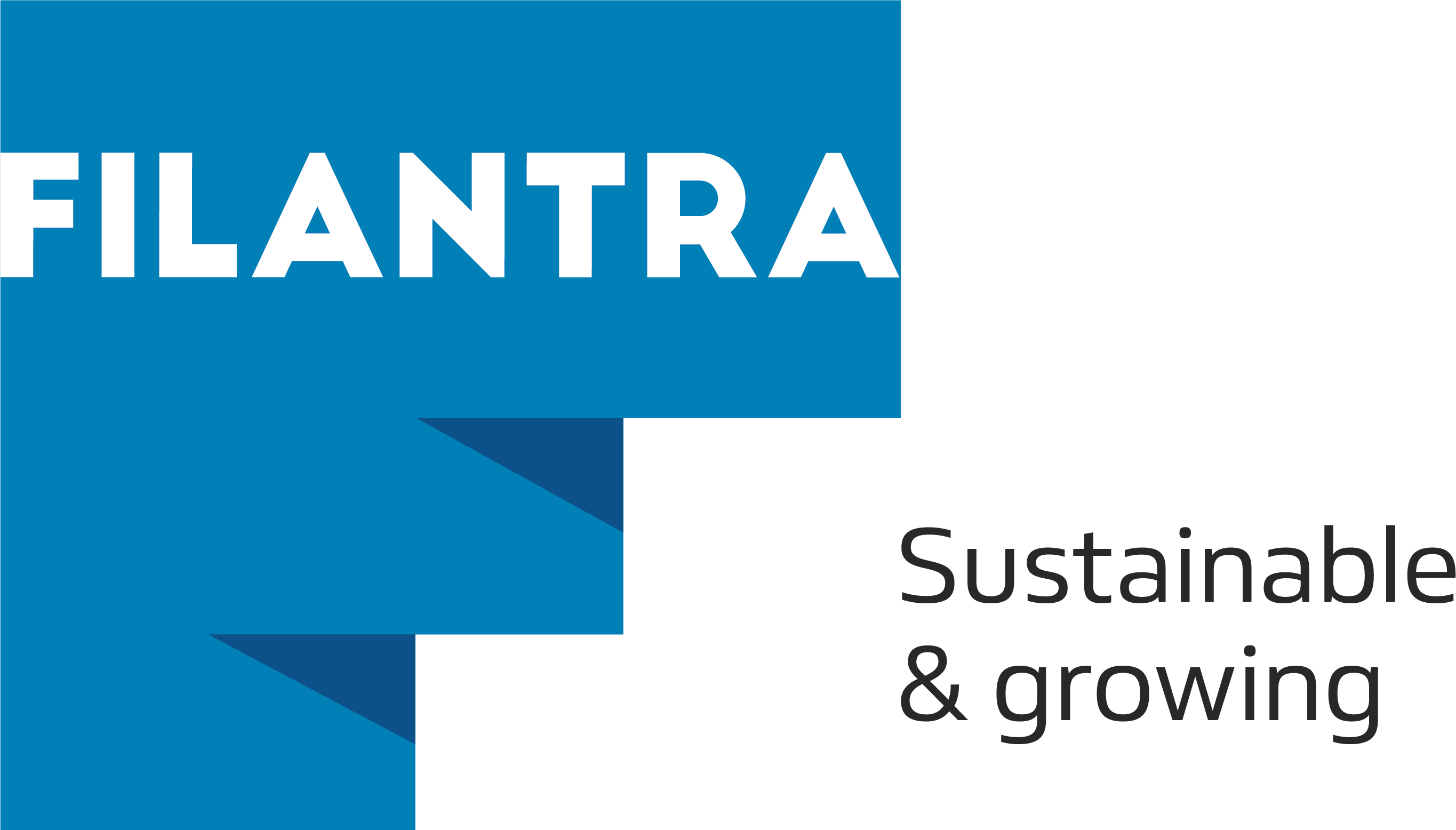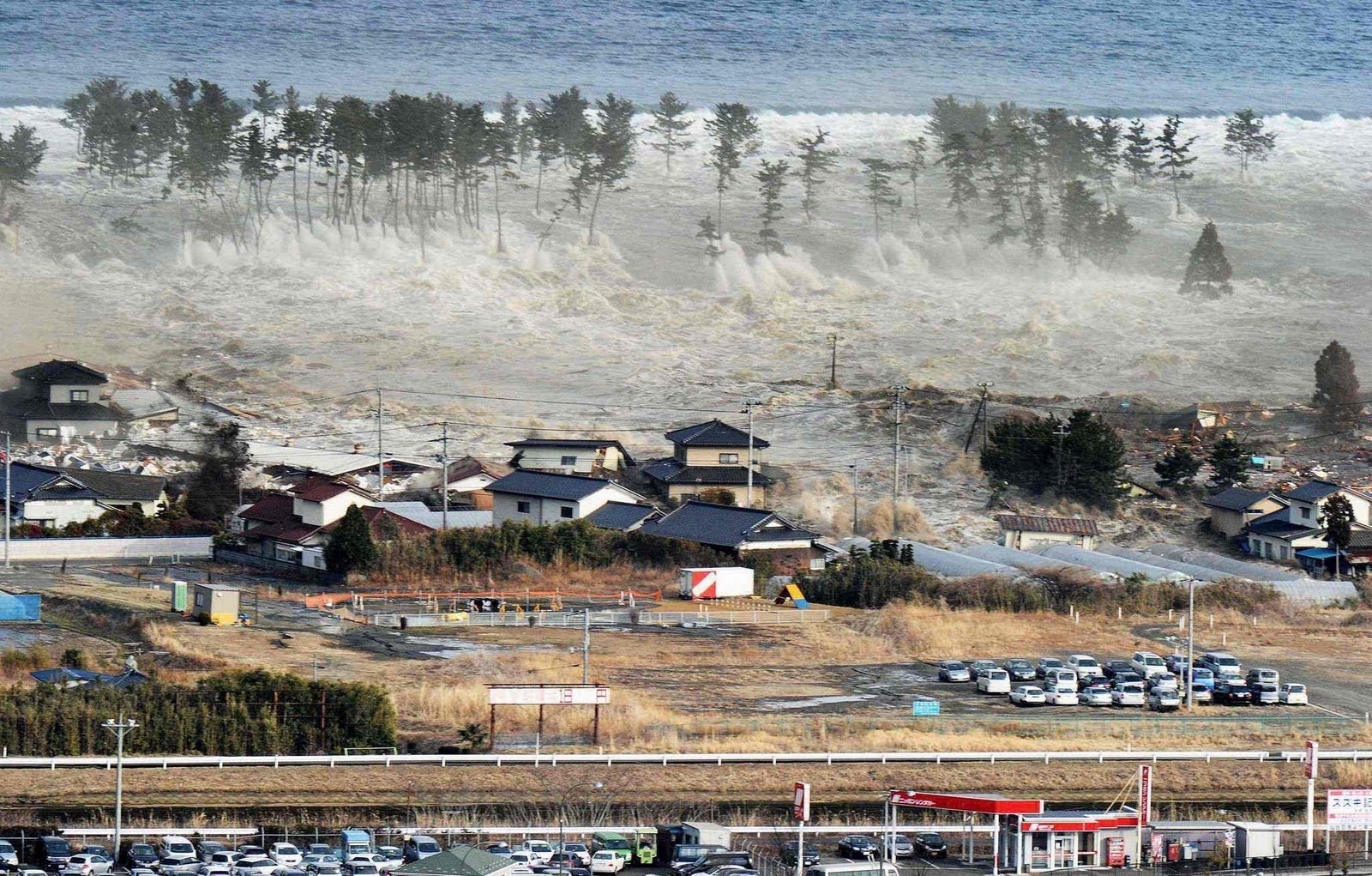The Role of Business in Reducing Disaster Risk

Heny Widiastuti
Board of Trustee, Filantra
Indonesia is the biggest disaster ‘supermarket’ in the world. All types of disasters are here: earthquakes, tsunamis, landslides, liquefaction, tidal waves, floods, volcanic eruptions. According to the United States Geological Survey (USGS), Indonesia which is in a very active seismic zone is the country with the highest frequency of earthquakes in the world. Because of the large territory of Indonesia, not all earthquakes have a direct impact or can be felt on land.
As a country in the Pacific fire ring zone, 90% of the earthquakes in the world are in this location. This can be proved by the author. The author downloads the BMKG application, almost every day the application provides notification of earthquake events throughout Indonesia. That means that almost every day there are earthquakes that we cannot feel all the vibrations. In addition to our country prone to disasters, what we have to watch out for is the threat of global climate change.
Most of us may understand that disasters are not just a matter of humanitarian volunteer deployment or rescuer when an the disaster occurs, commonly called an emergency response. However, disaster management is a series from upstream to downstream. From mitigation that has an impact on disaster risk reduction (DRR) to recovery.
When compared to Japan or Chile as the same country and also prone to disasters, Indonesia from the DRR side is in a distended number. Disaster management is not only the responsibility of the state in this case BNPB. Disaster management is the responsibility of 4 sectors; country, CSO, business and media. The four sectors must work together to provide disaster education to the community to recovery assistance if the disaster occurs.
Why is the role of the business very urgent in DRR? This is not a matter of business as usual, but it is about economic resilience that has a direct impact on the resilience of the community. DRR is an important issue in the world today. Reporting from CNBC Wednesday (12/20/2017), throughout 2017 the world total suffered losses of up to 306 billion US dollars, or around Rp.4,145 trillion. This is just a natural disaster, not a disaster caused by humans.
In terms of securing company assets, if the company makes good PRB efforts in the area of its business operations, those who benefit other than its business assets are maintained, the most expensive asset of the company in the form of HR is very likely to be saved.
In addition, the principle in implementing the SDGs program is No One Left Behind, that no one has been left behind in its achievements, especially vulnerable groups. The most comprehensive CSR standard, ISO 26000 Guidance on Social Responsibility, writes a lot of expectations regarding this vulnerable group in the Seventh Core Subject, Community Engagement and Development (ISO, 2010). One aspect of the cause of vulnerability is disaster. So, attention to those who are experiencing disasters is inherent in the world of CSR.
The five important things from the business/private sector in DRR have been referred to by UNISDR (UN International Strategy for Disaster Reduction) and are often quoted in various forums, namely:
- Promote partnerships between the public and the private sector for resilience;
- Utilize expertise from the private sector and its superiority;
- Encourage collaborative data exchange and its distribution;
- Support national and local risk measurements
- Support national and local development and strengthening in the fields of law, regulations, policies and programs.


